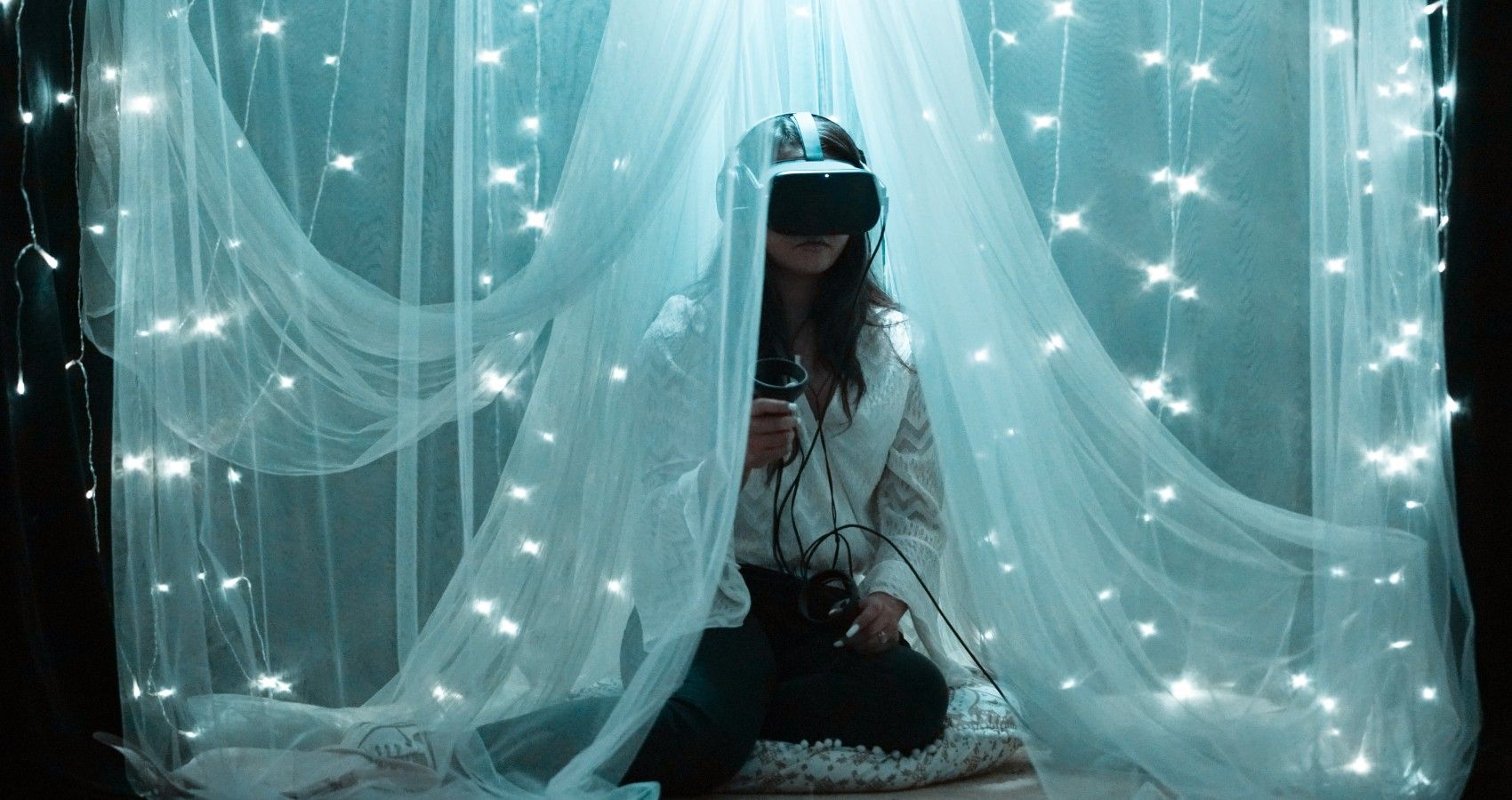A group of researchers has been able to develop a virtual reality game that can help adolescents stop vaping. As a child grows up to become a tween and a teenager, they are in a time of their lives when they love to “experiment.” They are testing out the world and everything in it, and peer pressure can play a large part in what youth is drawn to. Things like cigarettes, alcohol, and vaping can all be popular items for adolescents to try, but they can be damaging to their health and development. That is why work is always being done to see how different resources can help them just say no.
According to Medical Xpress, researchers from Yale have developed a virtual reality video game that has been shown to help teenagers learn the dangers of e-cigarettes and it also gives them the chance to practice saying no to them.
The researchers stated that the use of e-cigarettes is on the rise in the US, and it is estimated that 10% of teens are vaping regularly, but they remain unaware of the potential dangers and health risks that come with them.
The game was created in Yale’s play4REAL XR Lab, which can be read about here, and they teamed up with three middle schools in Connecticut for the project.
They recruited 285 students who all took a test before so that the researchers could see just what their baseline knowledge was on e-cigarettes and their prevention. In the control group, students just continued with their regular health studies, but the other group spent 2 hours over 2 to 3 sessions playing the new virtual reality game. All of the students were followed for 6 months.
The game involves taking the students to a simulated high school reality and they are in the 9th grade. They are in a circle of friends, typically described as “nerds,” and their goal is to befriend the popular kid in health class to get invited to a big party. Throughout the game, they will receive peer pressure on vaping from classmates and they will also have opportunities to learn the dangers. The game uses voice recognition, so the teens are able to use their own voice in the game. The game focuses on the social interactions regarding vaping, and the students are taught how to refuse them while remaining “cool” enough to be invited to the party. The study showed that this is a resourceful tool that led to more knowledge on vaping and they also perceived it as “less cool” than the control group.
Sources: Medical Xpress, play4rlab

